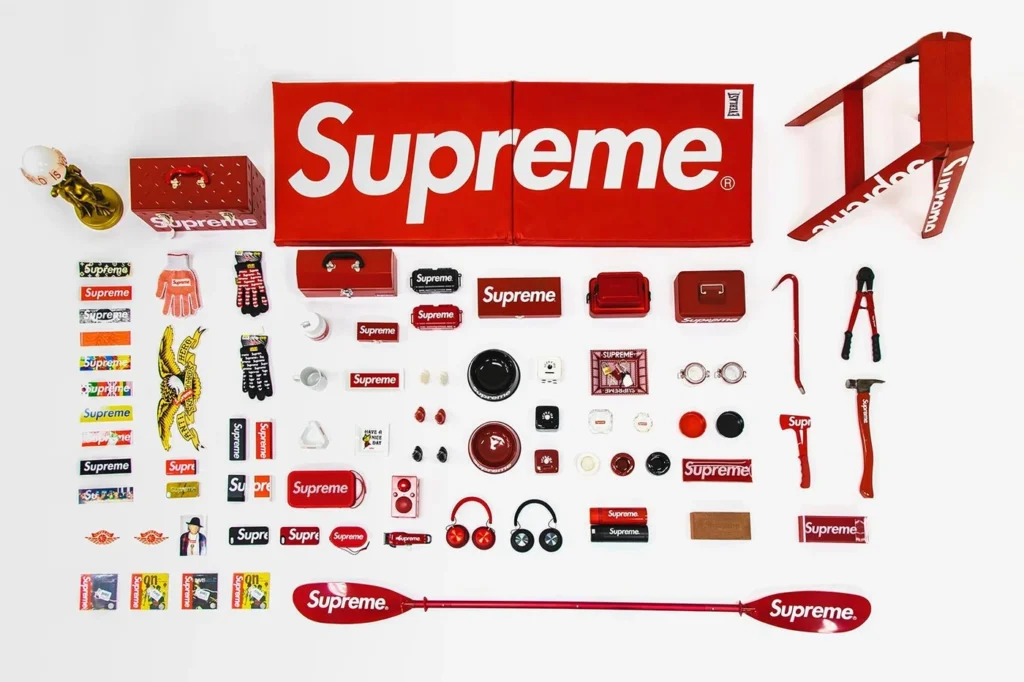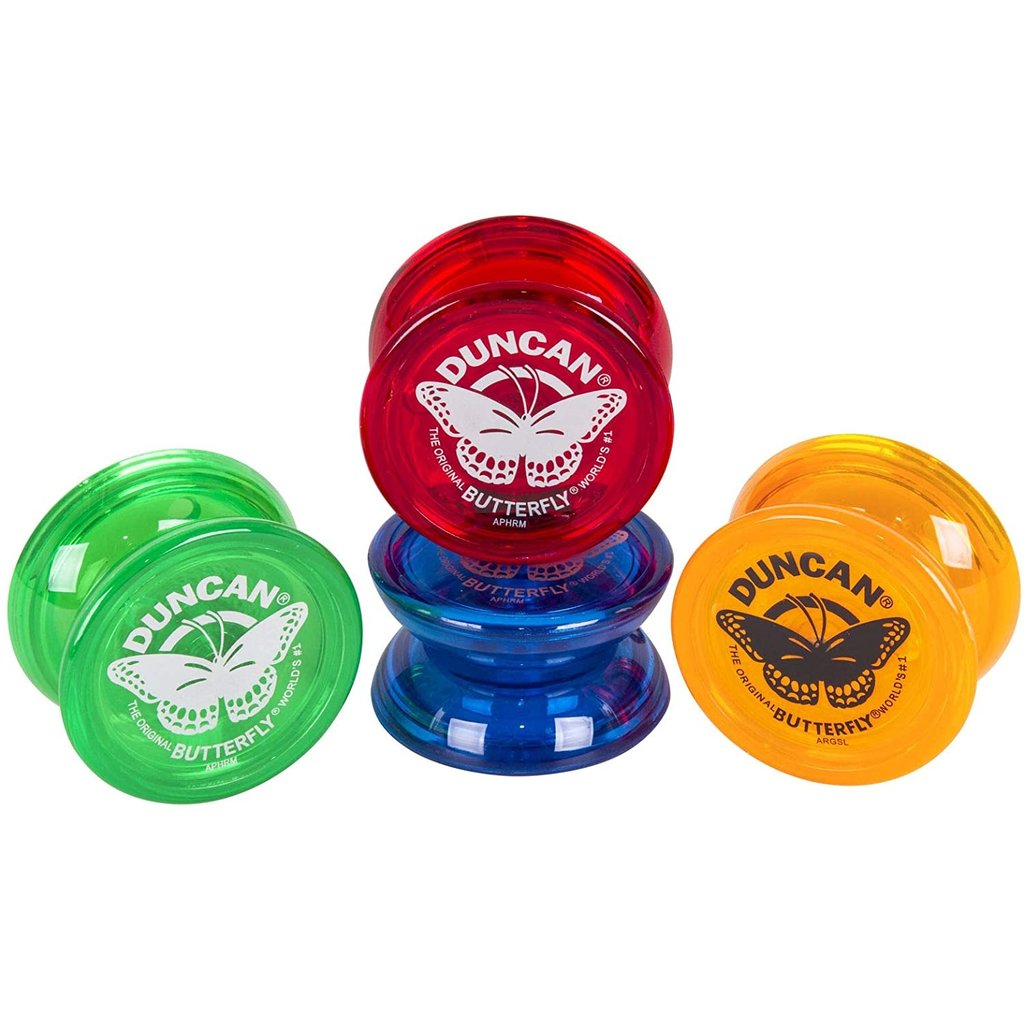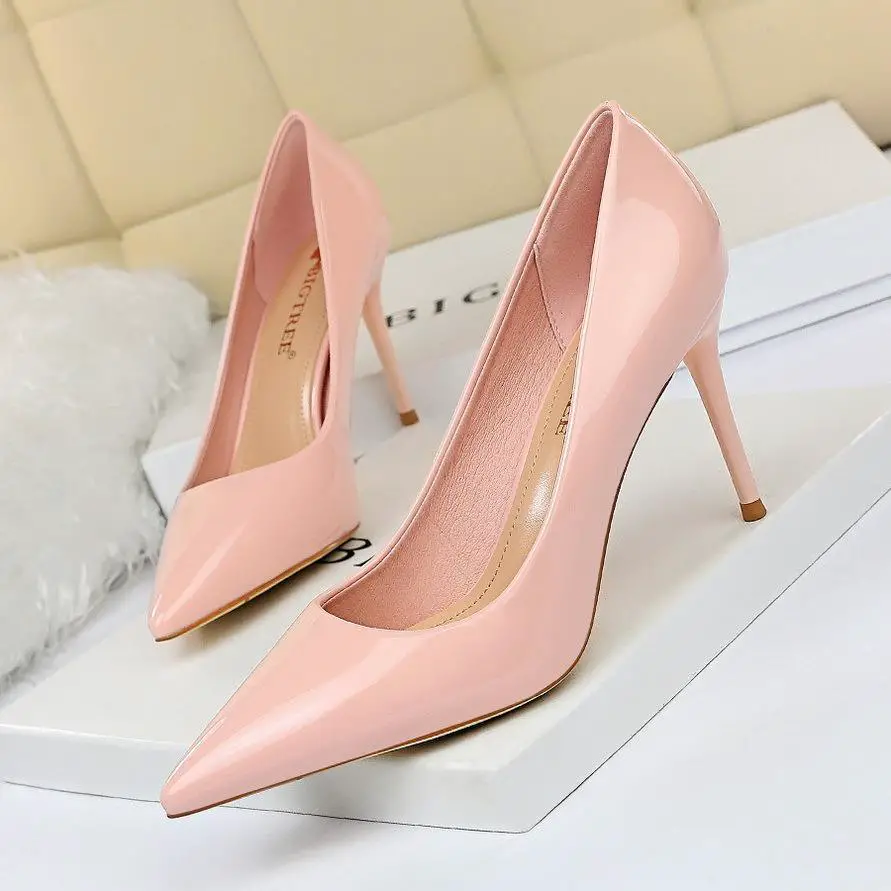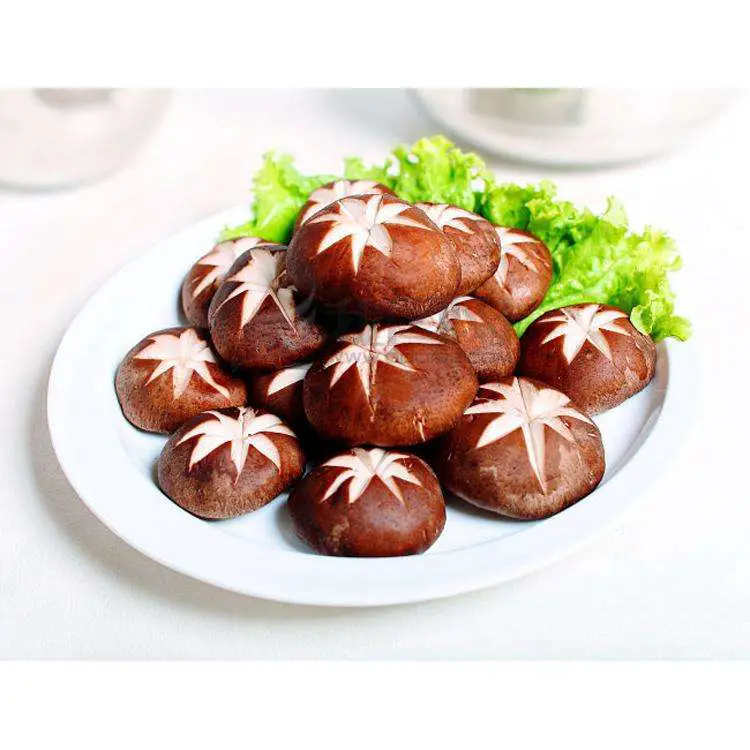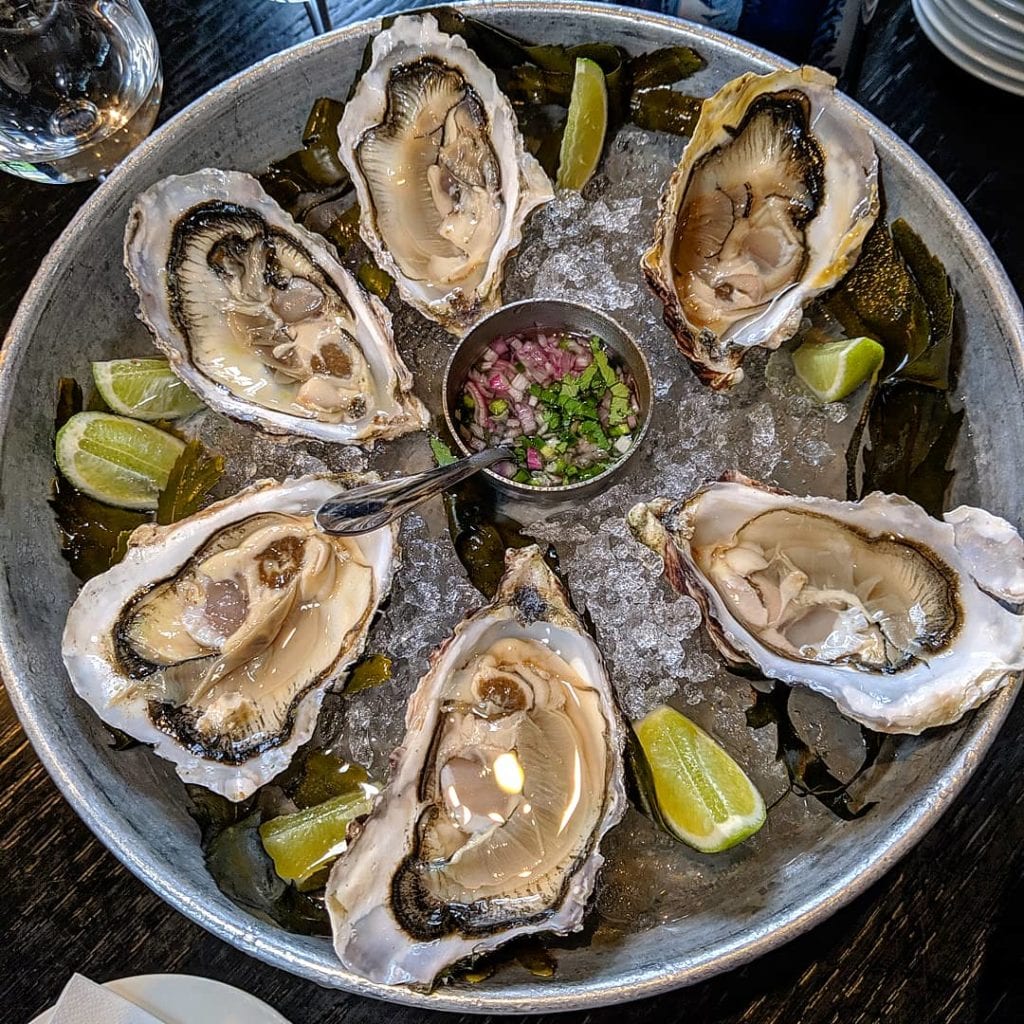Why Is Blue Pearl So Expensive?
Blue pearl is one of the most expensive types of pearls in the world. It is a natural pearl that is formed inside the shell of a mollusk. The size of the pearl, the layers of nacre, and the quality of the pearl all contribute to its high price.
Pearls are formed when a foreign object, such as a grain of sand, enters the shell of a mollusk. The mollusk then secretes layers of nacre around the object to protect itself. Over time, the layers of nacre build up and form a pearl.
There are many types of pearls in the world, including freshwater pearls, akoya pearls, Tahitian black pearls, and south sea pearls. Each type of pearl has its own unique characteristics and price point.
Blue pearl is a high-quality pearl that reflects a beautiful blue color. It is often used in pearl necklaces and other jewelry pieces. The mother of pearl, or the inner layer of the mollusk shell, is also highly valued for its iridescent quality.
The size of the pearl also plays a role in its price. Larger pearls are rarer and therefore more expensive. The layers of the nacre also contribute to the quality of the pearl. A high-quality pearl will have thick, even layers of nacre.
Cultured pearls are also available, which are formed when a pearl farmer inserts a small object into the mollusk to stimulate the formation of a pearl. While cultured pearls are less expensive than natural pearls, they can still be of high quality.
White pearls are the most common type of pearl, but the blue pearl is much rarer. Blue pearl was so rare that it was once reserved for royalty. Marie Antoinette, the queen of France, was known for her love of pearls and owned a famous pearl necklace with a blue pearl.
In conclusion, the blue pearl is so expensive because it is a natural pearl that is rare and of high quality. Its unique color and size make it highly sought after for use in jewelry. While there are many types of pearls available, the blue pearl is truly one of a kind.
Frequently Asked Questions
What is a pearl?
A pearl is a hard, round object that is formed within the soft tissue of a living shelled mollusk or other similar animals, such as clams or oysters. It is composed of calcium carbonate in minute crystalline form, which has been deposited in concentric layers. Pearls are highly valued as gemstones and are often used in jewelry making. They come in various colors, including white, black, pink, and golden, depending on the type of mollusk that produced them and the conditions in which they were formed.
What is a pearl necklace?
A pearl necklace is a piece of jewelry that consists of a string of pearls that are typically round and lustrous. The pearls are usually strung together with a clasp or knot between each pearl to keep them in place. Pearl necklaces can be made from a variety of different types of pearls, including freshwater, Akoya, Tahitian, and South Sea pearls. They are often worn as a symbol of elegance and sophistication and are a popular choice for formal occasions such as weddings and black-tie events.
What makes a pearl?
A pearl is formed inside the shell of certain mollusks, such as oysters and mussels. When an irritant, such as a grain of sand or a parasite, enters the shell, the mollusk secretes a substance called nacre to coat the irritant. Over time, layer upon layer of nacre is deposited, forming a pearl. The quality and size of the pearl depend on various factors, including the type of mollusk, the size of the irritant, and the conditions in which the mollusk lives.
What is freshwater pearl?
Freshwater pearls are pearls that are formed in freshwater mussels. They are produced in rivers, lakes, and other freshwater bodies. Freshwater pearls are usually smaller and less expensive than saltwater pearls, but they come in a wide range of colors, shapes, and sizes. They are often used in jewelry making and are popular for their natural beauty and affordability. Freshwater pearls are also known for their durability and resistance to wear and tear.
What does pearl mean?
1. A hard, lustrous spherical mass, typically white or bluish-gray, formed within the shell of a pearl oyster or other bivalve mollusk and highly prized as a gem.
2. Something resembling a pearl in shape, color, or luster.
3. A person or thing that is highly valued or admired, especially for its beauty or excellence.
4. A light-colored shade of grayish-white.
5. A small, round, white object used in some board games as a marker or counter.
6. A type of barley with small, round grains.
7. A brand of beer produced by the Miller Brewing Company.
8. A programming language developed in the 1970s and widely used for web development.
What is a baroque pearl?
A baroque pearl is a type of pearl that is irregularly shaped, often with a non-spherical or asymmetrical appearance. Unlike traditional round pearls, baroque pearls can come in a variety of shapes, including oval, teardrop, and irregular. They are often highly valued for their unique and unusual appearance and are commonly used in jewelry making. Baroque pearls can be found in a range of colors, including white, black, pink, and gold.
What is an akoya pearl?
An Akoya pearl is a type of saltwater pearl that is primarily produced in Japan and China. These pearls are known for their luster, round shape, and white or cream color. They are typically smaller in size compared to other types of pearls, ranging from 2mm to 10mm in diameter. Akoya pearls are often used in jewelry such as necklaces, earrings, and bracelets. They are also considered to be a traditional gift for brides and are often worn on special occasions.
How to tell if a pearl is real?
Here are some ways to tell if a pearl is real:
1. Look at the surface: Real pearls have a slightly irregular surface with small bumps and ridges. Fake pearls have smooth, uniform surfaces.
2. Check the weight: Real pearls are heavier than fake pearls because they are made of solid nacre. Fake pearls are often made of plastic or glass and are lighter.
3. Rub the pearl against your teeth: Real pearls have a gritty texture when rubbed against your teeth, while fake pearls feel smooth.
4. Look at the drill hole: Real pearls have a small, clean drill hole, while fake pearls may have a larger, rough hole.
5. Check the luster: Real pearls have a deep, rich luster that uniquely reflects light. Fake pearls may have a shiny surface, but the luster is not as deep or rich.
It’s important to note that some fake pearls can be very convincing, so it’s always best to have a professional jeweler examine the pearl if you’re unsure.
How much is a pearl worth?
The value of a pearl depends on various factors such as its size, shape, color, luster, surface quality, and origin. Natural pearls are generally more valuable than cultured pearls. The best way to determine the value of a pearl is to consult with a reputable jeweler or pearl expert.
How is a pearl formed?
A pearl is formed inside the shell of certain mollusks, such as oysters and mussels. When an irritant, such as a piece of sand or a parasite, enters the shell, the mollusk secretes a substance called nacre to coat the irritant. Over time, layer upon layer of nacre is deposited, forming a pearl. The shape, size, and color of the pearl depend on the type of mollusk and the conditions in which it was formed. Pearls can take several years to form and are considered valuable gemstones.


